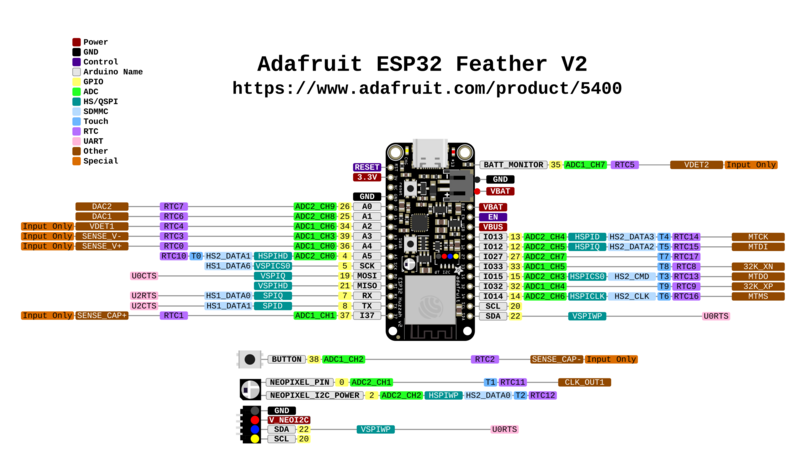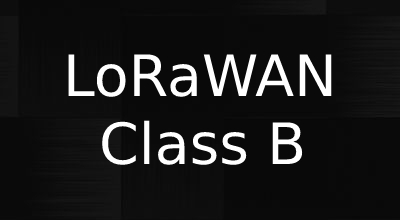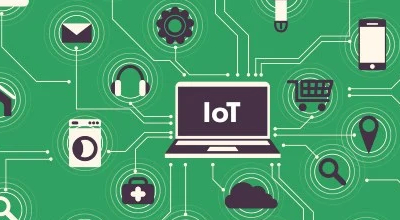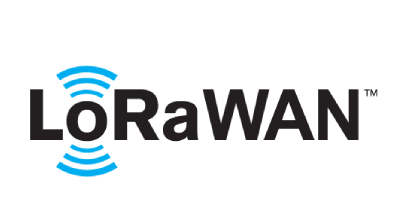
ESP32 - A Low Cost IoT Microcontroller
The ESP32 is a low-cost, low-power system-on-a-chip (SoC) microcontroller series with integrated Wi-Fi and dual-mode Bluetooth capabilities. Developed by Espressif Systems, the ESP32 series of microcontrollers are designed to offer a wide range of features and performance while being highly power efficient.
The Key Features of the ESP32
One of the key features of the ESP32 is its dual-core processor, which allows it to handle a variety of tasks concurrently and quickly. The processor is based on the 32-bit Xtensa LX6 microarchitecture, which is specifically designed for high performance and low power consumption. The ESP32 also includes a number of peripherals, including a digital signal processor (DSP) and a built-in power amplifier, which makes it well-suited for a variety of applications.
In terms of connectivity, the ESP32 includes support for both Wi-Fi and Bluetooth. It is capable of supporting a variety of Wi-Fi protocols, including IEEE 802.11b/g/n/e/i, and it can operate in both 2.4 GHz and 5 GHz bands. The ESP32 also includes support for Bluetooth 4.2, which allows it to be used for a variety of short-range wireless communication applications.
ESP32 Design
The ESP32 is designed to be highly flexible and customizable, which makes it well-suited for a wide range of applications. It is often used in the Internet of Things (IoT), where it is used to connect devices to the internet and facilitate communication between them. It is also commonly used in home automation systems, wearable devices, and industrial control systems.

In terms of physical characteristics, the ESP32 is available in a number of different form factors, including module, development board, and system-in-package (SiP). It is also available in a number of different package sizes, which makes it easy to integrate into a variety of different designs.
Overall, the ESP32 is a versatile and powerful microcontroller that offers a wide range of features and capabilities at a low cost. Its combination of high performance, low power consumption, and connectivity make it well-suited for a variety of applications in the IoT and beyond.



